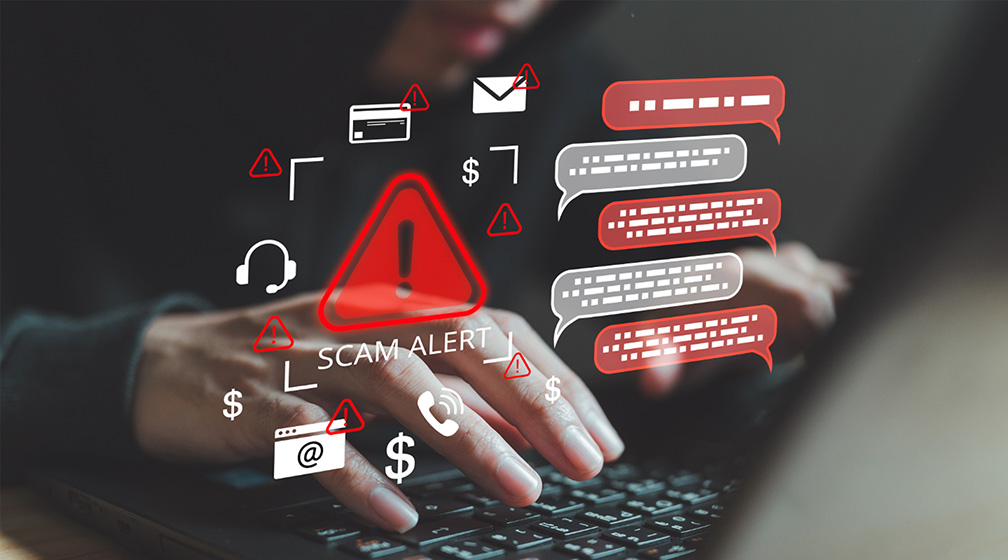
Identity theft has been around for a long time, and it continues to evolve and adapt with the times. With the variety of scams out there, it’s easy to get bogged down in rumors and half-truths. When it comes to identity theft, you need to avoid believing misinformation and spreading it to others.
Here are Four Identity Theft Myths
Myth #1: Identity theft is completely preventable if you’re smart.
The reality: There are many legitimate ways to help protect yourself against identity theft. You can use strong, unique passwords for every online account. You can shred paper documents with personal information on them. You can avoid clicking links or downloading attachments from unsolicited emails.
But you can follow every best practice and still fall victim to identity theft. There’s no way to completely prevent it because just about every organization you do business with may store personal data of yours in their own systems.
If one of those organizations is hacked, your personal data could be exposed no matter how careful you are. That’s why you need to monitor your credit for signs of identity theft, even if you carefully guard your information.
Myth #2: The consequences of identity theft are purely financial- and credit-related.
The reality: The primary motivator for identity thieves is financial gain. They might try to gain access to your financial accounts or use your personal information to open up new lines of credit in your name. The consequences can include financial losses and negatively impacted credit. You may even incur out-of-pocket expenses trying to deal with the aftermath.
But the consequences go beyond financial loss or a negatively-effected credit score. Victims of identity theft can have crimes unknowingly committed in their names. And victims of medical identity theft can be misdiagnosed or receive delayed or improper treatment from medical providers. Victims may have to spend dozens of hours resolving issues over a matter of months or even years.
On top of the time and potential cost to deal with identify theft, it can cause emotional distress and mental health issues including stress, fear, fatigue and insomnia.
Long story short, identity theft can cost you more than your credit and finances; you could lose a lot of time cleaning up the mess and even experience poor health outcomes.
Myth #3: Identity theft only affects adults.
The reality: You may think adults are the only appealing targets of identity theft, since they have an established credit history and identity. But the truth is that children are prime targets for synthetic identity theft.
With synthetic identity theft, criminals use a combination of real and fake information to invent a false identity, using a stolen Social Security number (SSN). These fake identities are then used to create fraudulent accounts, commit medical identity theft and more.
Children are vulnerable to synthetic identity theft because criminals can use their SSNs to work from a blank slate. The fraud can go on for years. The child may be unaware of the fraud until he or she reaches adulthood and tries to apply for credit.
While victims won’t be responsible for financial losses related to synthetic identity theft, they can have a difficult time clearing up the mess and taking back control of their SSNs.
Myth #4: Credit cards are less safe to use for purchases.
The reality: Credit cards are safer to use than debit cards because they have better liability protection. With debit cards, which are tied to real money in your bank account, your liability for losses due to fraud is capped at $50 if you report the fraud within two days. After that, liability is capped at $500 until 60 days after fraud occurs. After that, your legal liability can be unlimited.
Your liability for fraudulent charges on credit cards can never be greater than $50. Many credit card issuers may even waive that liability, as long as the fraud is reported within a reasonable time frame.
So, credit cards offer a more legal protection than debit cards if your card is stolen or used improperly. It’s a good idea to understand the liability policies of all financial institutions you do business with.







